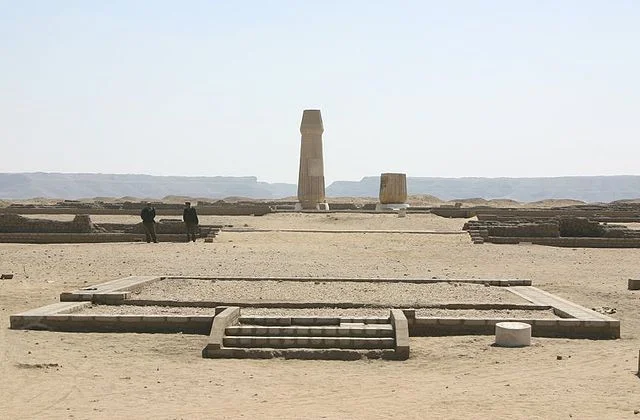The Small Aten Temple, an ancient Egyptian temple dedicated to the deity Aten, stands in the heart of Amarna. Built during the reign of Pharaoh Akhenaten in the 14th century BC, this temple reflects a shift in Egyptian religious practices and architecture. Akhenaten, who ruled from around 1353 BC to 1336 BC, founded the city of Amarna (ancient Akhetaten) as the center for worshiping Aten, the sun disk deity.
Get your dose of History via Email
Historical Background
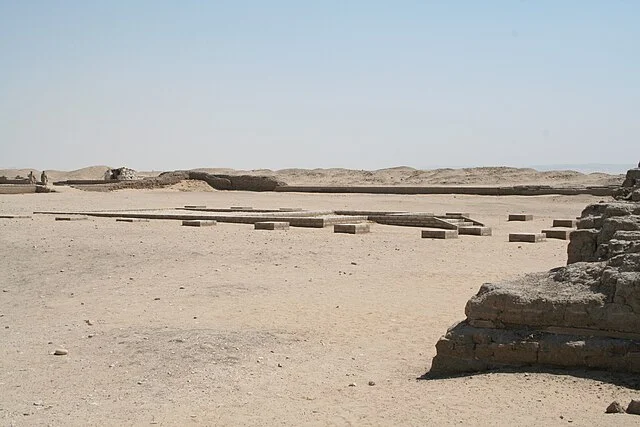
Akhenaten is known for initiating a radical religious transformation in Egypt, often termed the Amarna Revolution. He moved away from the traditional Egyptian pantheon, elevating Aten as the supreme deity. As part of this shift, Akhenaten ordered the construction of temples dedicated to Aten, including the Great Aten Temple and the Small Aten Temple. The latter served as a secondary temple, complementing the larger structure.
The Small Aten Temple is important in understanding Akhenaten’s religious reforms. It provides insight into how religious practices focused on Aten differed from the traditional rituals dedicated to deities like Amun, Osiris, and Isis.
Architectural Design

The architectural layout of the Small Aten Temple differs from conventional Egyptian temples. Traditional temples were dark, enclosed spaces leading to a sanctuary, symbolizing a journey into the realm of the gods. However, the Small Aten Temple follows an open-air design, reflecting Aten’s association with sunlight.
The temple’s structure featured several key sections:
- Outer Courts: The temple’s outer courts likely served as the public worship areas. Pilgrims and the general populace could participate in Aten’s worship under the open sky.
- Main Offering Area: At the center, the temple contained an altar for offering rituals. In this area, priests and possibly Akhenaten himself conducted daily offerings of food, drink, and other materials, symbolizing devotion to Aten.
- Sanctuary: The temple’s inner sanctuary held additional altars and spaces for private rituals. This area was likely reserved for the pharaoh and high-ranking priests.
The temple’s design favored large, open spaces, aligning with Akhenaten’s belief in Aten as a visible, omnipresent god manifesting through sunlight.
Religious Practices and Iconography
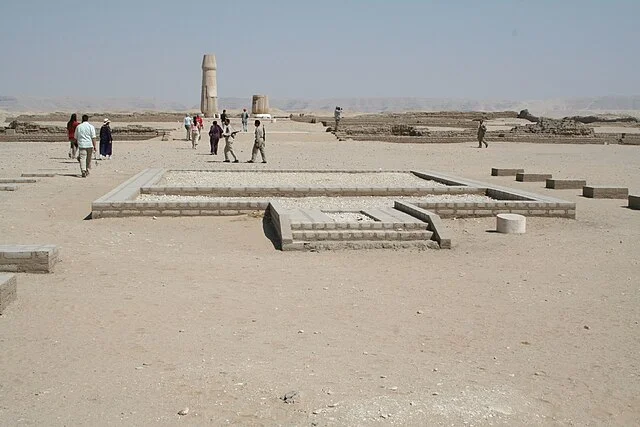
Religious practices at the Small Aten Temple emphasized direct interaction with Aten through sunlight and open-air rituals. Unlike traditional Egyptian temples with dark sanctuaries, the Small Aten Temple was open to the sky, allowing sunlight to flood the worship space. Rituals here included daily offerings of bread, wine, fruits, and incense.
The temple’s iconography also diverges from typical Egyptian temples. Reliefs and carvings in the Small Aten Temple depict Akhenaten and his queen, Nefertiti, offering gifts directly to Aten. Aten is often represented as a sun disk with rays ending in hands, symbolizing the god’s tangible connection to the world. These artistic representations emphasize a unique form of divine interaction, with the pharaoh acting as Aten’s primary intermediary.
Significance in Akhenaten’s Reign
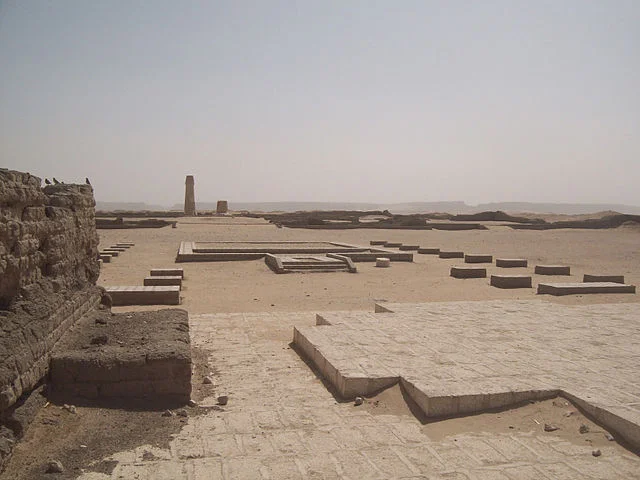
The Small Aten Temple exemplifies Akhenaten’s efforts to centralize Aten worship and diminish the power of the traditional priesthood. By shifting focus away from established deities and building a new religious center, Akhenaten attempted to consolidate power and religious authority. This focus on Aten, however, was short-lived. After Akhenaten’s death, his successor Tutankhamun and later pharaohs gradually restored the traditional religious practices.
The remains of the Small Aten Temple, along with other structures in Amarna, provide valuable information about this brief but impactful period in Egyptian history. The temple’s remains offer clues into the materials and construction methods used during the 18th Dynasty, along with insights into Akhenaten’s unique ideology.
Excavations and Current Research
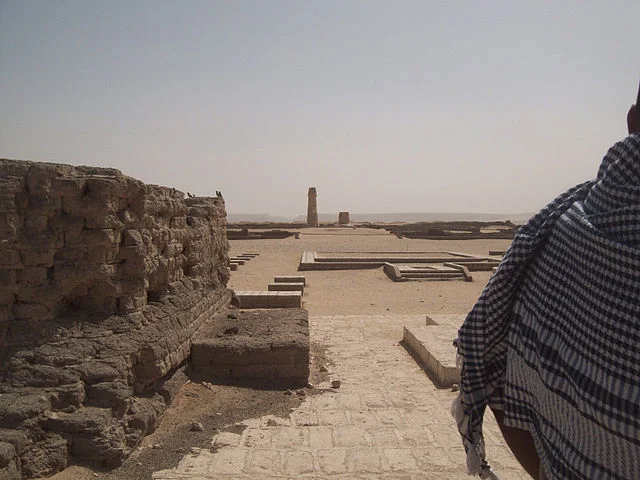
The Small Aten Temple was excavated in the early 20th century by British archaeologist Sir Flinders Petrie. He uncovered foundational remnants, altar bases, and a variety of stone and clay fragments inscribed with Atenist iconography. Subsequent archaeological work at Amarna has focused on mapping and preserving the site, as exposure to natural elements has eroded parts of the temple over the centuries.
Researchers continue studying the temple’s remains to gain further understanding of the religious, social, and political implications of Akhenaten’s rule. Today, the Small Aten Temple and the broader Amarna site are essential for understanding Egypt’s New Kingdom and the Amarna Period’s unique, short-lived religious reforms.
Legacy of the Small Aten Temple
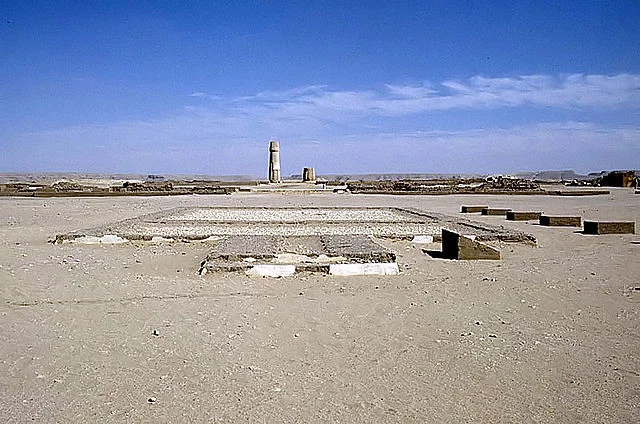
The Small Aten Temple stands as a symbol of Akhenaten’s bold yet controversial vision. Its design and purpose reflect an unprecedented shift in ancient Egyptian religious thought. Although the temple’s influence declined after Akhenaten’s death, its legacy endures in Egyptology as a testament to this remarkable experiment in monotheistic worship. The Small Aten Temple, along with other Amarna structures, provides a window into the complexities of power, belief, and art in ancient Egypt’s New Kingdom.
Source:

